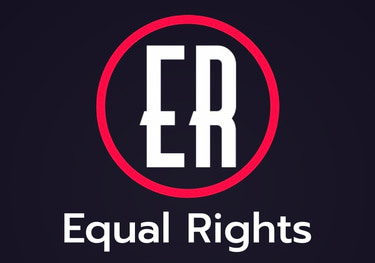Youth Advocacy:
Kylo B
6/6/2024
Youth Advocacy: Amplifying Voices for Change
In recent years, youth advocacy has emerged as a powerful force driving social and political change around the world.
Young people are increasingly taking center stage in addressing critical issues ranging from climate change and racial justice to education reform and mental health awareness.
This article explores the significance of youth advocacy, its impact on society, and the strategies employed by young activists to amplify their voices and effect meaningful change.
The Rise of Youth Advocacy
Youth advocacy encompasses the efforts of individuals under the age of 30 who actively campaign for social, environmental, and political causes.
This movement has gained momentum due to several key factors:
Access to Information: The digital age has democratized access to information, empowering young people to educate themselves about global challenges and take informed action.
Technological Connectivity: Social media platforms provide a powerful means for youth to connect, organize, and mobilize on a scale previously unseen, amplifying their voices and impact.
Interconnected Global Issues: Youth recognize the interconnected nature of today's challenges, such as climate change, human rights violations, and systemic inequalities, prompting cross-border solidarity and activism.
Impact of Youth Advocacy
Policy Change: Youth-led advocacy campaigns have influenced policy decisions at local, national, and international levels. Examples include the global climate strikes spearheaded by youth activists like Greta Thunberg, which have catalyzed policy shifts towards sustainability.
Cultural Shifts: Youth advocacy has sparked cultural conversations and challenged societal norms, driving changes in attitudes towards issues such as gender equality, racial justice, and mental health awareness.
Empowerment of Marginalized Voices: Young activists often advocate for marginalized communities, amplifying their voices and advocating for equity and inclusion.
Strategies of Effective Youth Advocacy
Building Coalitions: Youth activists collaborate with like-minded organizations and individuals to amplify their impact and leverage collective resources.
Utilizing Social Media: Platforms like Twitter, Instagram, and TikTok are powerful tools for spreading awareness, organizing campaigns, and holding decision-makers accountable.
Engaging in Direct Action: From protests and marches to school walkouts and sit-ins, direct action is a potent strategy employed by youth advocates to raise awareness and pressure policymakers.
Education & Awareness Campaigns: Youth-led workshops, art installations, and educational programs are effective in engaging communities and fostering empathy and understanding.
Overcoming Challenges
Despite its impact, youth advocacy faces challenges such as:
Ageism: Some dismiss youth activists' contributions due to their age, undermining their credibility and influence.
Resource Constraints: Limited access to funding and institutional support can hinder sustained advocacy efforts.
Burnout & Mental Health: Activism can be emotionally taxing, leading to burnout and mental health challenges among young advocates.
The Future of Youth Advocacy
The future of youth advocacy is promising, with increasing recognition of young people as key stakeholders in shaping the world's future.
Efforts to amplify youth voices, provide mentorship, and foster intergenerational dialogue will be critical in sustaining this movement.
As youth continue to innovate, collaborate, and advocate for change, they inspire generations and contribute to a more just, equitable, and sustainable world.
Youth advocacy is not merely a trend but a transformative force that demands attention, respect, and support from society at large.
